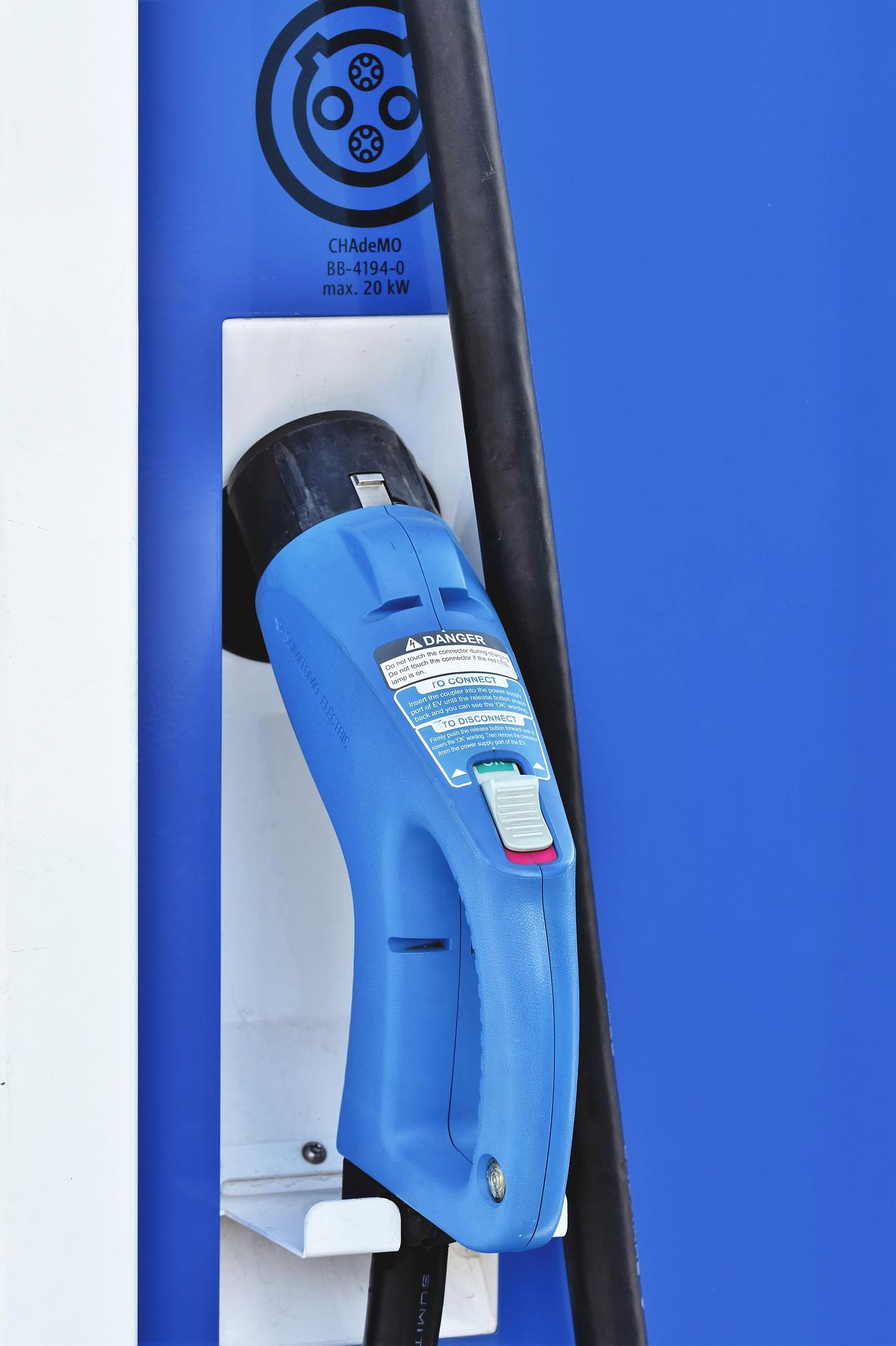Thermo King has announced its new UT-R undermount refrigeration systems, which will be a feature of its presence at the IAA Transportation 2022 show in Hannover, Germany.
The new UT-R portfolio includes single- and multi-temperature refrigeration units for undermount applications on rigid trucks, drawbar trailers and highloaders. New design and applied technologies deliver increased efficiency, better reliability and durability, and significantly lower noise than the legacy range, meeting the needs of customers operating in inner-city, city-to-to-city, pharmaceutical and airport catering distributions.
Thermo King UT-R units are available as NRMM Stage V compliant diesel-powered systems, or in Hybrid version. The UT-R Hybrid can seamlessly switch between diesel and electric mode to reduce emissions and fuel consumption and increase flexibility of operations allowing the trucks to enter cities’ low and ultra-low emission zones.
“Multi-drop operations in city distribution, long distance transport of goods and raising ambient temperatures are driving the customer need for reliable, high cooling capacity refrigeration units to ensure the safety of their cargo,” said Davide Previsdomini, product manager Truck at Thermo King. “We designed the brand-new UT-R units with these factors in mind and added more features that not only offer the highest cooling capacity in the segment but do so with reduced noise and lower cost of ownership for transporters.”
The new UT-R platform is based on a new compressor from Thermo King T-Series units contributing to highest cooling capacity in this market segment according to ATP standards (Accord Transport Perrisable), and lower TCO for customers. Featuring an Electronic Throttling Valve (ETV) as standard. The UT-R units operate with reduced engine speeds for optimised performance and lower noise.
“The new UT-R units are 3dB(A) quieter than the incumbent range,” said Previsdomini. “In real life, this difference means that the noise perception of two new UT-R units operating side-by-side equals the noise generated by a single predecessor unit.”
The new design also facilitates better access to serviceable components and contributes to extended maintenance intervals. Combined with the increased reliability, this translates into up to 40% lower service costs for the transporters when compared to the legacy units.
For ease of installation and optimized chassis space, the new UT-R units are also smaller when compared to the predecessor range, with width reduced by 200mm. The weight of the unit is also even 40kg lower allowing customers to carry more cargo payload during every delivery journey.










 The average price-per-mile for haulage and courier vehicles has jumped from 103.1 points in June 2019 to 122.0 points in June 2022, according to the TEG Price Index – a rise of 18% over the three-year period.
The average price-per-mile for haulage and courier vehicles has jumped from 103.1 points in June 2019 to 122.0 points in June 2022, according to the TEG Price Index – a rise of 18% over the three-year period.
